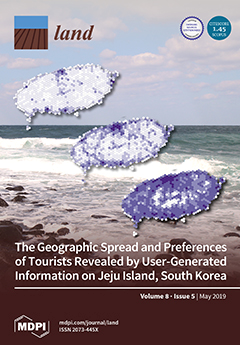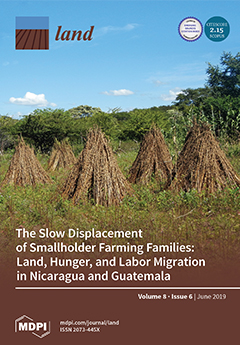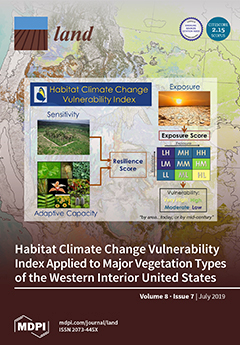Improving the Matrix-Assessment of Ecosystem Services Provision—The Case of Regional Land Use Planning under Climate Change in the Region of Halle, Germany
Against the background of climate change, current and future provision of ecosystem services (ES) will also change. The recording of current provision potentials and its development in future is important for adapted regional planning. ES assessments are frequently carried out in the context of expert-based surveys, which have, however, revealed little information to date about uncertainties. We present a novel approach that combines the ES matrix assessment with the Delphi approach, confidence ratings, standardized confidence levels, and scenario assessment.








